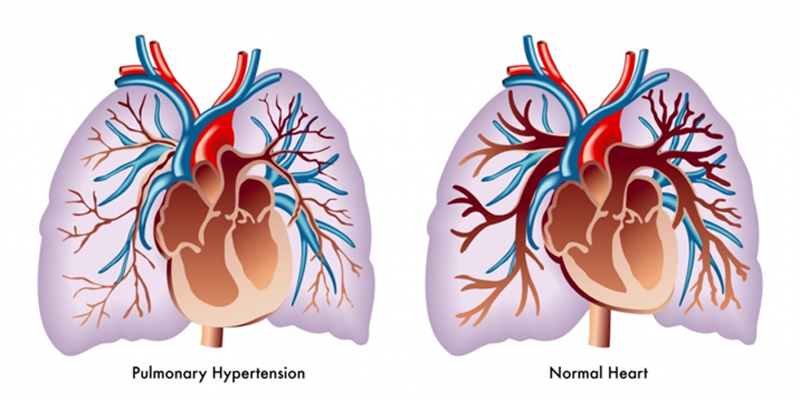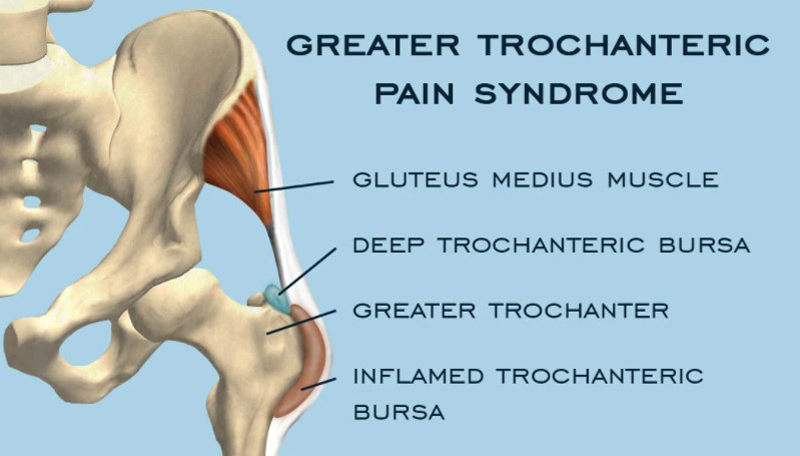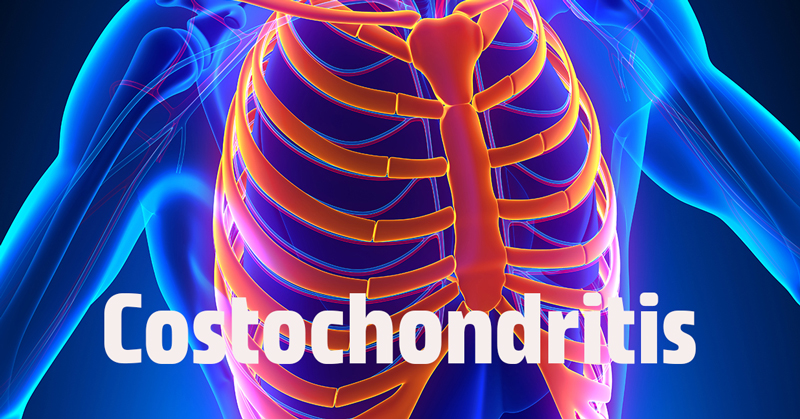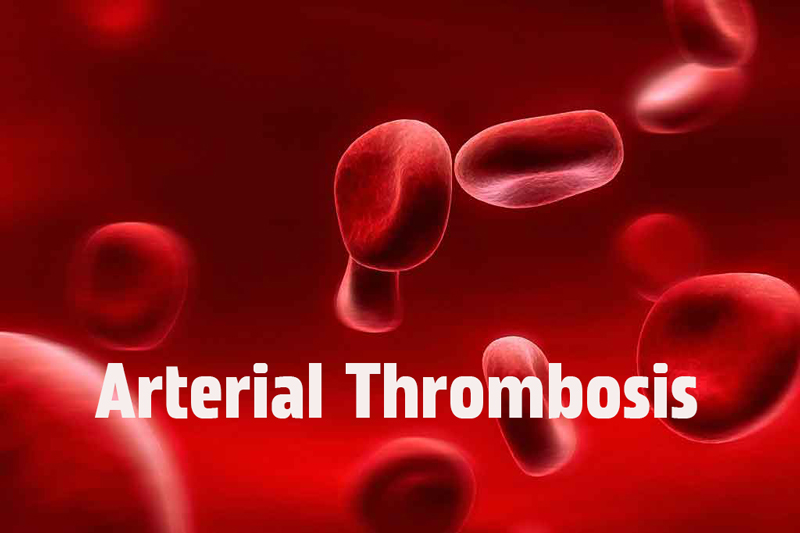Primary Biliary Cholangitis - Causes, Symptoms and Treatment
Sept. 26, 2023 #Cholesterol
Introduction
Our liver is a vital organ that performs numerous essential functions in the body, from filtering toxins to aiding digestion. Primary Biliary Cholangitis (PBC) is a chronic liver disease that can compromise the liver's functionality over time.
In this comprehensive article, we will define Primary Biliary Cholangitis, delve into its causes, explore its detailed symptoms and examine the available treatments. We will discuss its implications for overall liver health. Additionally, we will highlight preventive measures to help individuals safeguard their liver from this condition.
I. Defining Primary Biliary Cholangitis (PBC)
Primary Biliary Cholangitis (PBC), previously known as Primary Biliary Cirrhosis, is an autoimmune liver disease characterized by the slow, progressive destruction of small bile ducts within the liver. As these ducts become damaged and inflamed, bile starts to accumulate in the liver, leading to liver damage and dysfunction.
II. Causes of Primary Biliary Cholangitis
The exact cause of this disease remains unclear, but it is believed to result from a combination of genetic and environmental factors. Some potential factors associated with the development of PBC include:
Genetics: PBC has a genetic predisposition, and it tends to run in families. Certain gene variants may increase the risk of developing the condition.
Autoimmune Reaction: PBC is classified as an autoimmune disease because the body's immune system mistakenly targets and attacks the bile ducts in the liver. The reasons behind this autoimmune response are not fully understood.
Environmental Triggers: While not definitively proven, exposure to environmental factors such as infections or toxins may play a role in triggering the autoimmune response in susceptible individuals.
III. Symptoms of Primary Biliary Cholangitis
PBC is characterized by a range of symptoms that can vary in severity from person to person. Common symptoms of PBC may include:
- Fatigue: Overwhelming tiredness that interferes with daily activities.
- Itchy Skin (Pruritus): Persistent itching, often severe, can be one of the earliest symptoms of PBC.
- Abdominal Discomfort: Mild to moderate discomfort or pain in the upper right quadrant of the abdomen.
- Jaundice: Yellowing of the skin and whites of the eyes due to the buildup of bilirubin in the bloodstream.
- Xanthomas: Fatty deposits that may form under the skin, typically around the eyes.
- Osteoporosis: Weakened bones that are more susceptible to fractures.
- Dry Eyes and Mouth: Some individuals may experience dryness in the eyes and mouth due to impaired salivary and tear gland function.
- Swelling in the Ankles and Legs: Fluid retention can lead to edema in the lower extremities.
IV. Treatment for Primary Biliary Cholangitis
Managing Primary Biliary Cholangitis, primarily focuses on slowing disease progression, alleviating symptoms, and maintaining overall liver health. Treatment options for PBC may include:
Ursodeoxycholic Acid (UDCA): UDCA is the primary medication prescribed for PBC. It helps to improve liver function, reduce inflammation, and slow the progression of the disease.
Obeticholic Acid (OCA): In cases where UDCA is ineffective, OCA may be prescribed to further manage the disease and improve liver function.
Symptom Management: Medications and therapies can help alleviate specific symptoms, such as pruritus or osteoporosis.
Liver Transplant: In advanced stages of PBC, when liver damage is severe and life-threatening, a liver transplant may be necessary to replace the damaged liver with a healthy one.
V. PBC in the Context of Overall Liver Health
Understanding how PBC relates to overall liver health is essential. While PBC primarily affects the small bile ducts, it can lead to complications such as cirrhosis and liver failure if left untreated. Therefore, managing PBC is crucial for preserving liver function and preventing complications.
In the context of overall liver health:
Liver Function: PBC highlights the importance of maintaining optimal liver function for overall health. The liver plays a vital role in detoxification, metabolism, and digestion.
Prevention: Preventing liver diseases, including PBC, involves maintaining a healthy lifestyle. This includes avoiding excessive alcohol consumption, maintaining a balanced diet, and practicing safe sex to reduce the risk of viral hepatitis.
Vaccination: Vaccination against hepatitis A and B can provide protection against viral hepatitis, which can cause liver damage.
Regular Check-ups: Routine medical check-ups can help detect liver diseases at an early stage, allowing for timely intervention and treatment.
VI. Preventive Measures for Primary Biliary Cholangitis
While this disease may not always be preventable due to its genetic and autoimmune factors, individuals can take steps to minimize their risk and support liver health:
Maintain a Healthy Lifestyle: Eat a balanced diet, exercise regularly, and maintain a healthy weight to reduce the risk of liver-related conditions.
Avoid Excessive Alcohol Consumption: Excessive alcohol intake can harm the liver and increase susceptibility to liver diseases.
Practice Safe Sex: Engage in safe sexual practices to reduce the risk of viral hepatitis infections.
Protect Against Environmental Toxins: Minimize exposure to environmental toxins and chemicals that could potentially harm the liver.
Regular Check-ups: Visit healthcare providers for regular check-ups and screenings to monitor liver health and detect any issues early.
Conclusion
Primary Biliary Cholangitis (PBC) is a chronic liver disease that can gradually impact liver function and overall well-being. Understanding the causes, recognizing its symptoms, and seeking appropriate treatment are vital steps in managing PBC.
Moreover, fostering overall liver health and taking preventive measures can help individuals protect their liver from various diseases, including PBC. By prioritizing liver health and adopting a proactive approach, individuals can take charge of their well-being and minimize the impact of liver-related conditions on their lives.









COMMENTS